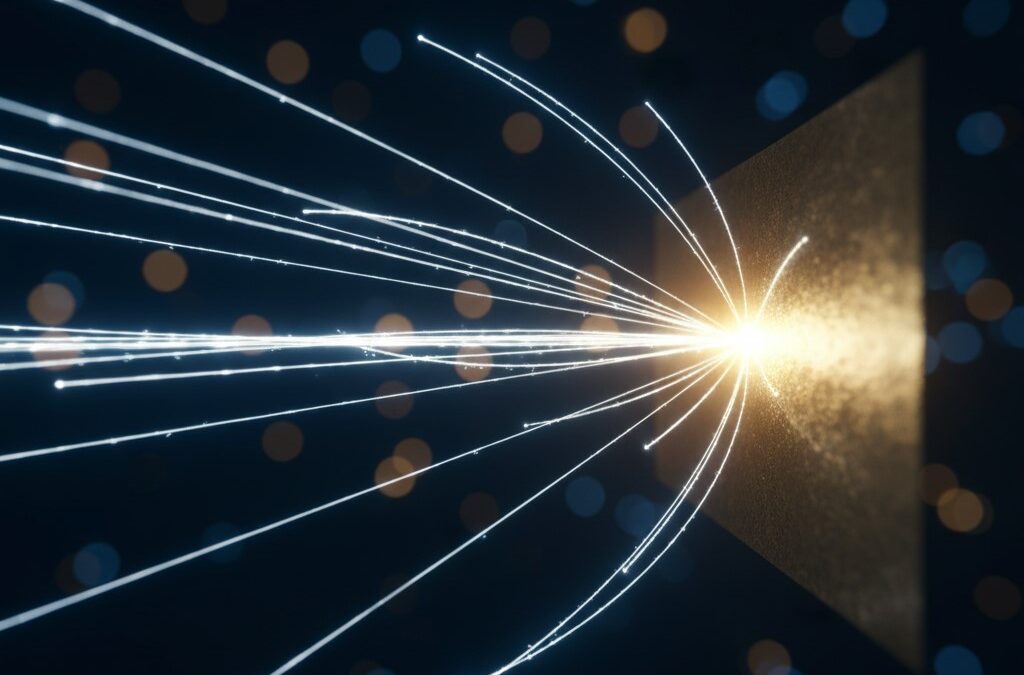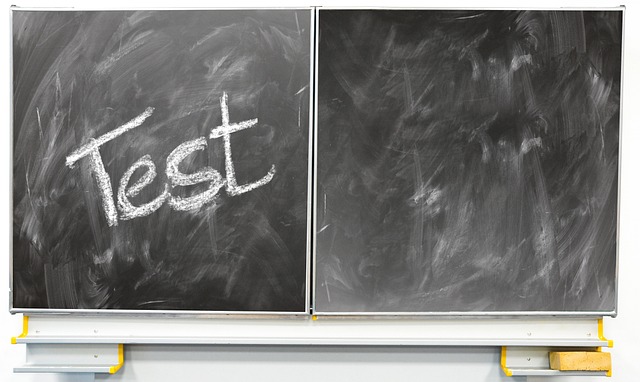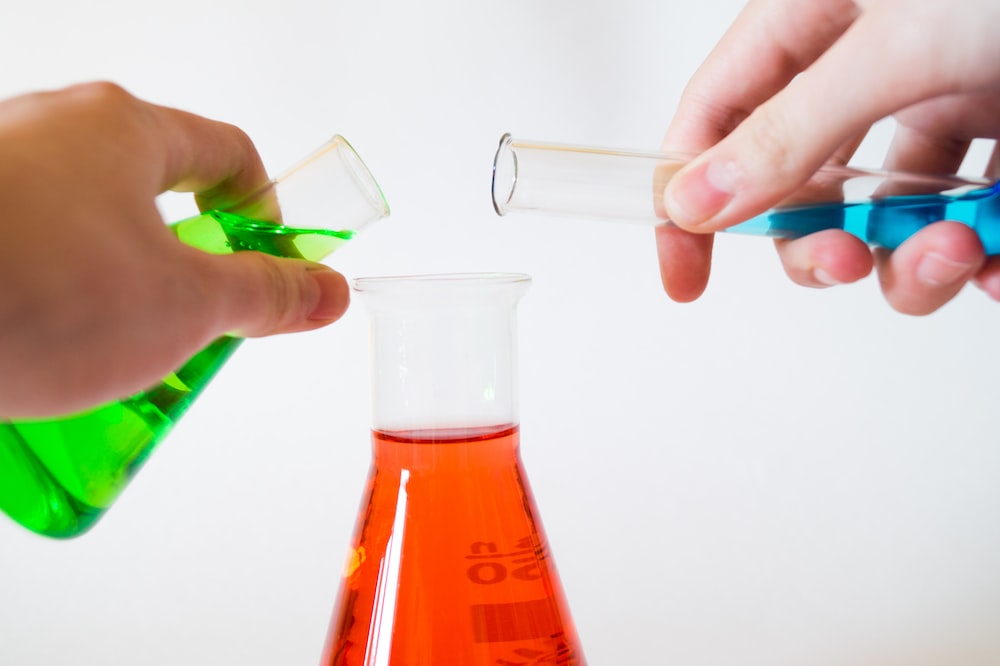When an acid reacts with a metal, hydrogen gas (H2) is usually liberated. The reaction between an acid and a metal is a type of single-displacement or single-replacement reaction, where the more reactive metal displaces hydrogen from the acid, forming a metal salt and releasing hydrogen gas.
Here’s an example of the reaction between hydrochloric acid (HCl) and zinc (Zn):
Hydrochloric Acid + Zinc → Zinc Chloride + Hydrogen Gas
2HCl + Zn → ZnCl2 + H2
Testing for the Presence of Hydrogen Gas:
To test for the presence of hydrogen gas, you can perform the “pop” test. This test is a simple way to detect the presence of hydrogen gas, as hydrogen is highly flammable. When hydrogen gas is ignited, it produces a distinctive “pop” sound due to its rapid combustion in the presence of oxygen from the air.
Here’s how you can perform the “pop” test:
- Take a test tube or a small glass container and fill it with the reaction mixture (the acid-metal reaction) that you suspect contains hydrogen gas.
- Carefully bring a lit splint (a thin wooden stick or a twisted paper strip) close to the mouth of the test tube without immersing it in the gas mixture.
- If hydrogen gas is present, it will immediately ignite with a “pop” sound at the end of the splint, creating a small flame.
Safety Precautions:
When conducting any chemical test, including the “pop” test for hydrogen gas, safety should be a top priority. Take the following precautions:
- Perform the test in a well-ventilated area to avoid the buildup of potentially flammable gases.
- Keep the flame at a safe distance from the mouth of the test tube to prevent accidents or burns.
- Wear appropriate safety gear, such as safety goggles and gloves.
- Use small quantities of chemicals for the test, and dispose of the reaction mixture safely after the experiment.
Note: The “pop” test is a qualitative test and only indicates the presence of hydrogen gas. If you need a quantitative analysis of the amount of hydrogen gas produced, specialized equipment and techniques are required.








0 Comments